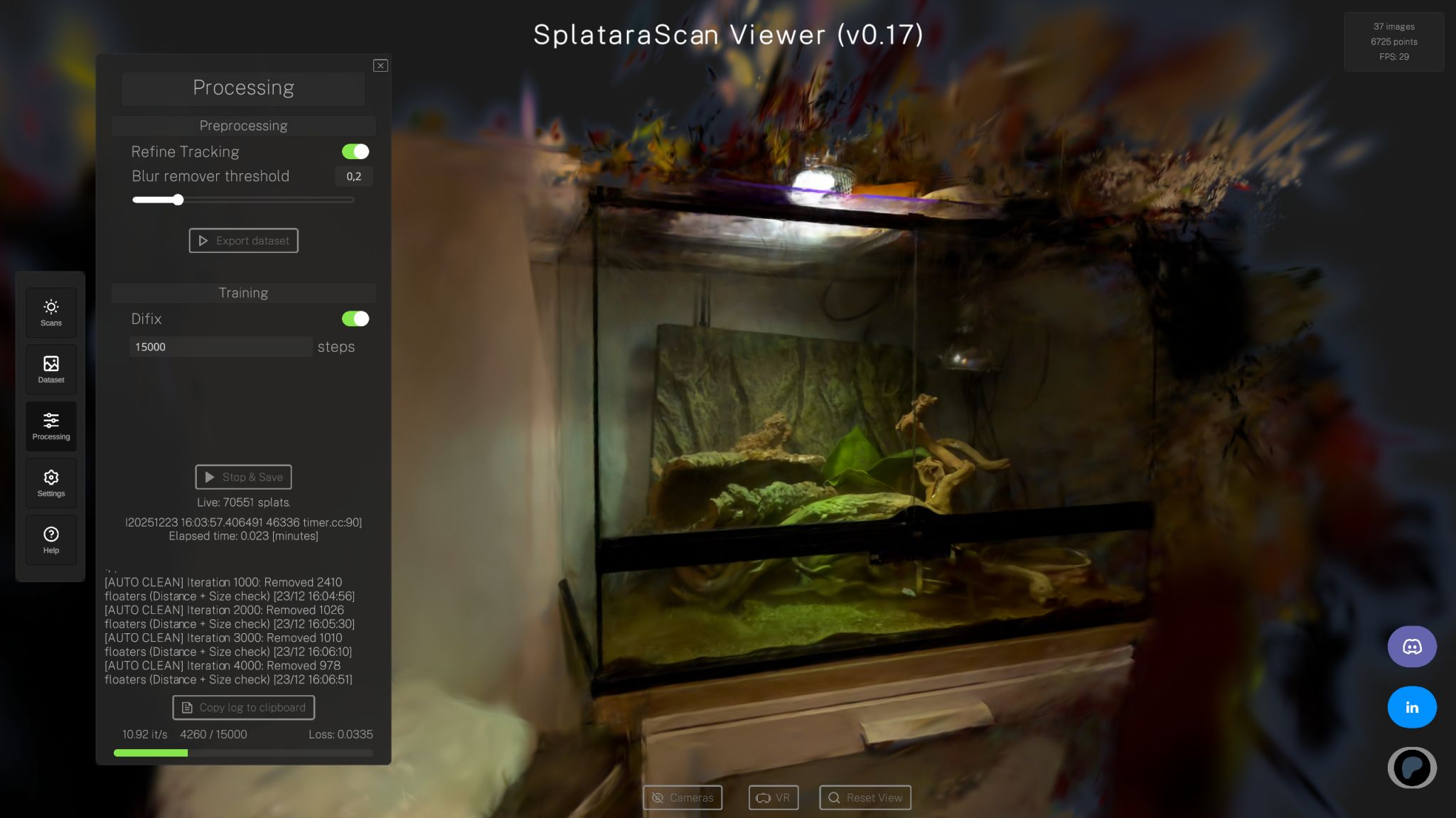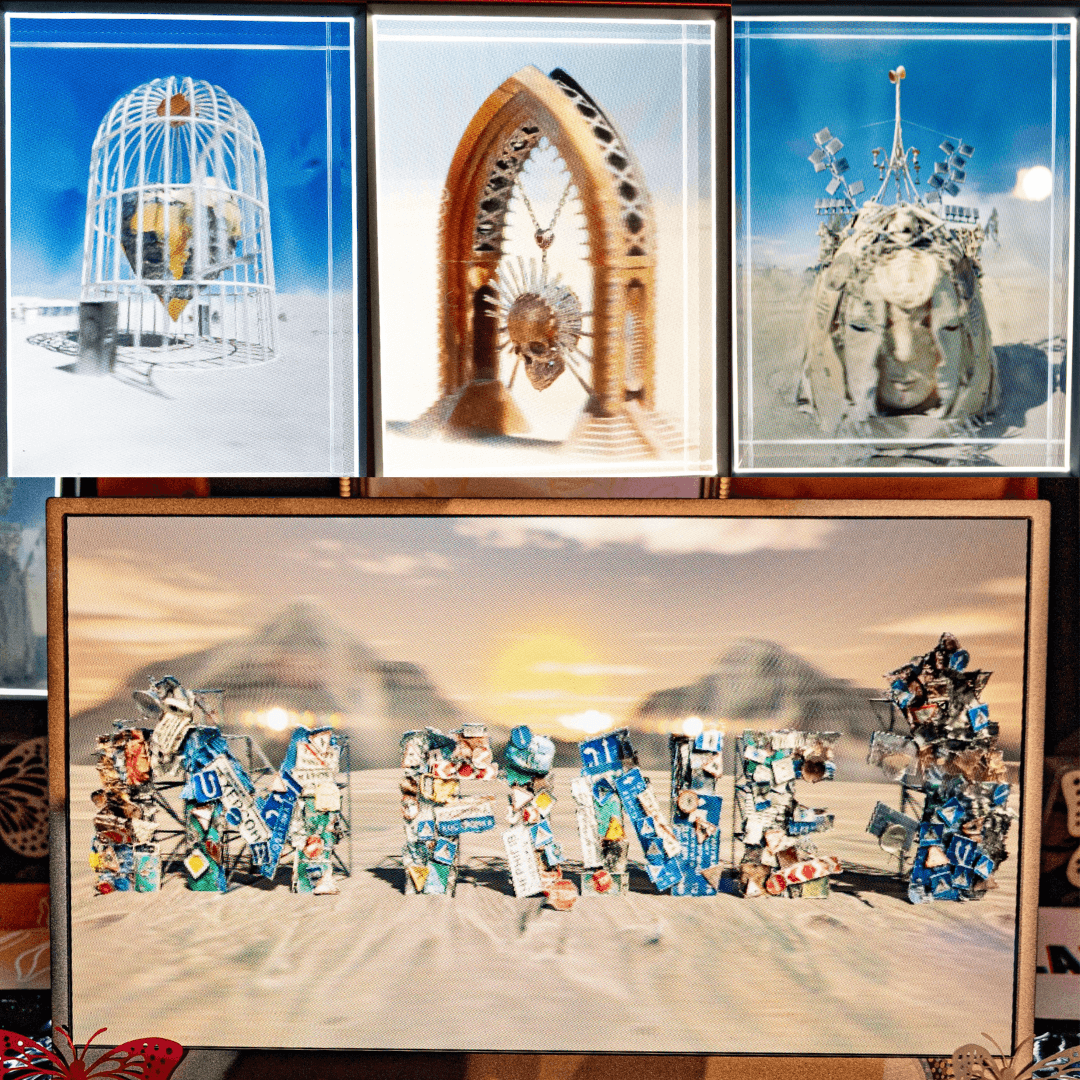
Michael Rubloff
Sep 28, 2023
For the last year or so, I've been waiting for Polycam to introduce photorealism into their app. Back in 2020, I took hundreds of LiDAR scans, but could never achieve photorealism.
Today, Polycam has unveiled support for Gaussian Splatting. Not only that, but it comes with a full interactive viewer. And for those that have gotten tired of looking at the same available datasets, they also have a featured section, where you can explore early user submitted Gaussian Splats.

You can get started immediately with uploading your datasets, but there is a disclaimer that all footage will be publicly available. There is a minimum of 20 photos to process and a maximum of 200. Currently only photos are supported, but if you use FFMPEG, it's very easy to get photos out of videos.
I am very excited to upload all of my 2020/2021 scans that I took on Polycam and see them be transformed into Splats. If you also have a ton of data sitting in your Polycam account, here's how you do it:
In the Export view for an individual capture, scroll down to “raw images” and select it. This will generate a ZIP file, which you can send to your computer. Unpack the ZIP and upload the images here to generate a new Gaussian Splat.
This is an extremely exciting development and now Polycam has fully joined the radiance field party. Welcome!
UPDATE: Polycam has formally announced the feature. They also said that we can expect to see improvements like faster processing times and automatic floater removal very soon!







